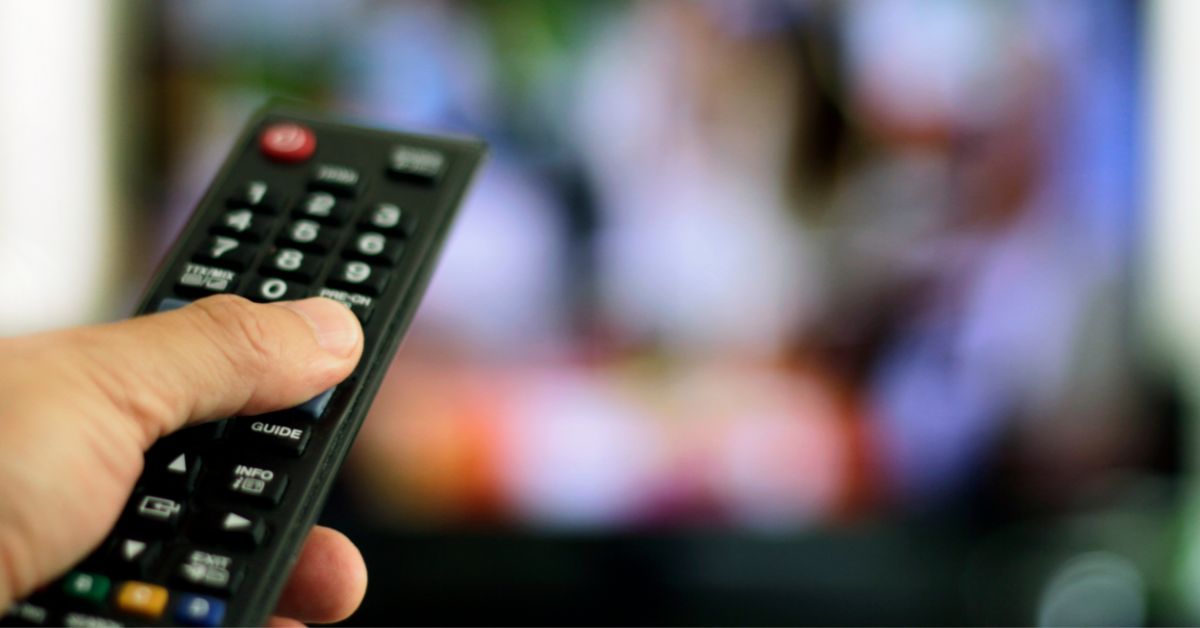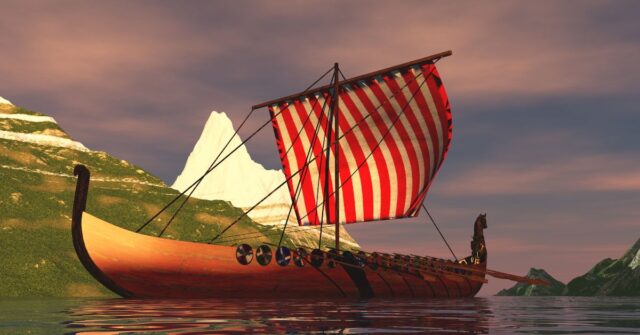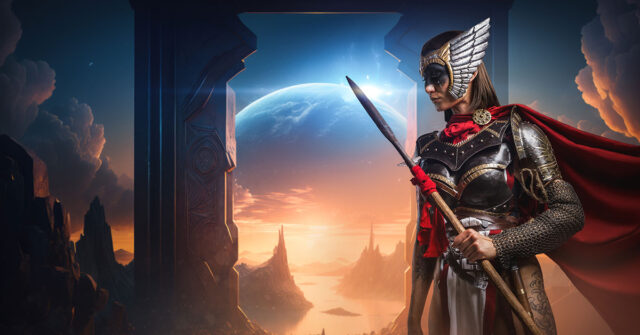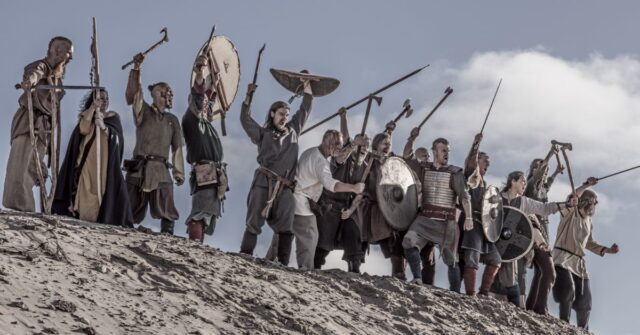The TV series “Vikings” has captivated audiences around the world, offering a glimpse into the life and times of the legendary Norse warriors. But how true is its representation of real history?
This article delves into the accuracy and creative licenses taken by the show’s creators.
Introduction
The allure of Viking history has always held a special place in pop culture. Their tales of conquest, exploration, and mythology have been the stuff of legends for centuries.
With the launch of the TV show “Vikings”, a new spotlight has been shone on this enigmatic era. But how much of what we see on screen is historically accurate?
Overview of the TV Show “Vikings”
Launched in 2013, “Vikings” chronicles the life of the legendary Viking leader Ragnar Lothbrok and his descendants. From their raids in England to the exploration of distant lands, the show brings to life the sagas of the Norse heroes.
The Fascination with Viking History
Vikings are often pictured as horned-helmet warriors, navigating vast seas, and plundering shores. This image, while partly mythical, is rooted in centuries-old sagas, archaeological finds, and historical texts that have fuelled our collective imagination.
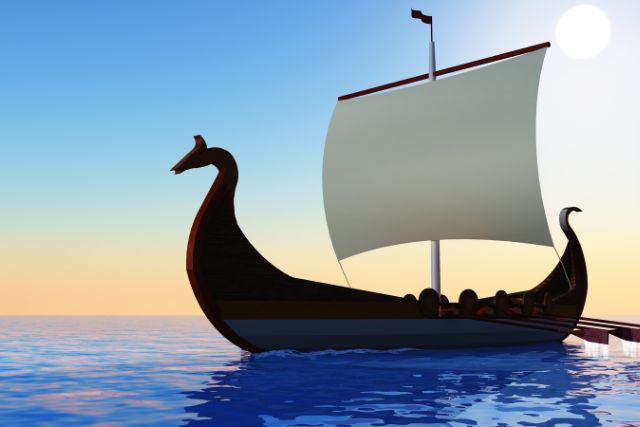

Criteria for Assessing Historical Accuracy
To gauge accuracy, we’ll compare the show’s portrayal against primary historical sources, archaeological discoveries, and academic consensus, always considering the inherent challenges in interpreting events from over a millennium ago.
The Vikings: Who Were They?
The term ‘Viking’ originates from the Old Norse word ‘víkingr’, referring to pirates or raiders. Beyond raiding, the Vikings were traders, explorers, and settlers from the late eighth to early 11th century.
Historical Background and Origin
The Vikings hailed from the Scandinavian countries of Norway, Denmark, and Sweden. With growing populations and limited arable land, they began to explore, trade, and raid across Europe, Asia, and even North America.
Social Structure and Governance
Scandinavian society was divided among various classes, including the jarls (nobles), karls (freemen), and thralls (slaves). They had a system of laws and assemblies known as ‘things’ where decisions were made and disputes resolved.
Lifestyle and Beliefs
Vikings were primarily farmers and fishermen. They believed in a pantheon of gods led by Odin and Thor, celebrating festivals like Yule and holding rituals to honor the dead.
Trading, Raiding, and Exploration
Utilizing their superior longships, the Vikings ventured as far as North Africa, Russia, and North America. They established trade routes, integrating goods and cultures wherever they went.
Key Characters and Their Historical Accuracy
The show revolves around several key figures. Let’s examine how closely they align with historical accounts.
Ragnar Lothbrok: Man or Myth?
Ragnar, while central to the show, is a semi-legendary figure. While sagas recount his deeds, there’s no conclusive historical evidence of his existence. The show amalgamates various sagas and real events, offering a dramatized version of his life.
Lagertha: The Shieldmaiden
Lagertha, portrayed as a fierce shieldmaiden and Ragnar’s first wife, is mentioned in the 12th-century work “Gesta Danorum”. However, her role and prominence in the series are largely fictionalized.
Rollo: Viking Chief and Duke of Normandy
Rollo is a historical figure, the founder of the Normandy region in France. However, his relation to Ragnar as a brother is a fictional element introduced by the show.
Ivar the Boneless: Historical Facts and Fictional Depictions
Ivar, one of Ragnar’s sons, did lead the Great Heathen Army in invasions against England. His epithet “the Boneless” is still a subject of debate among historians, with theories ranging from a physical disability to a metaphorical term.
Bjorn Ironside and His Conquests
Bjorn is another son of Ragnar mentioned in the sagas. He is historically credited with raids in France and Spain and even a possible Mediterranean expedition, though some events in the series are dramatized or speculative.
Depiction of Viking Society and Culture
The series paints a vivid picture of Viking society. How accurate is this portrayal?
Everyday Life and Social Norms
The show captures aspects of Viking daily life, from farming and fishing to community gatherings. However, some practices, like the ‘blood eagle’ ritual, are debated among historians regarding their authenticity or frequency.
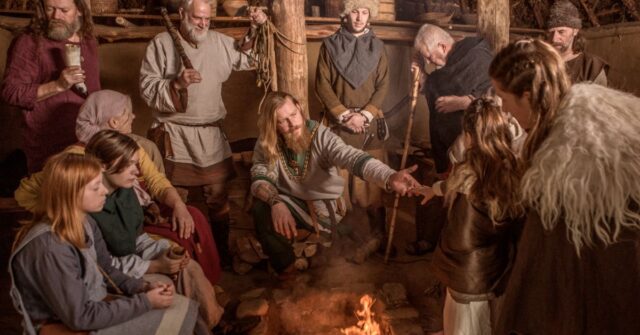

Religion and Mythology
The Norse gods, rituals, and beliefs are integral to the show. While it provides a decent overview, certain practices, like human sacrifice, are portrayed with a degree of dramatic embellishment.
Warfare and Weaponry
The series showcases the Vikings’ prowess in battle, using axes, swords, and shields. The absence of horned helmets is accurate, as they are a modern myth. The tactics, like the shield-wall formation, align with historical accounts.
Trade and Diplomacy
The Vikings’ roles as traders and diplomats are occasionally overshadowed by their raids. But the series does touch upon their interactions with other cultures, notably the English and the Franks, which is corroborated by historical evidence.
Gender Roles and Family Structure
The show portrays Viking women as warriors, leaders, and seeresses. While there were instances of shieldmaidens in sagas, it’s unclear how common they were. The depiction of family ties and relationships, though, resonates with Norse values and traditions.
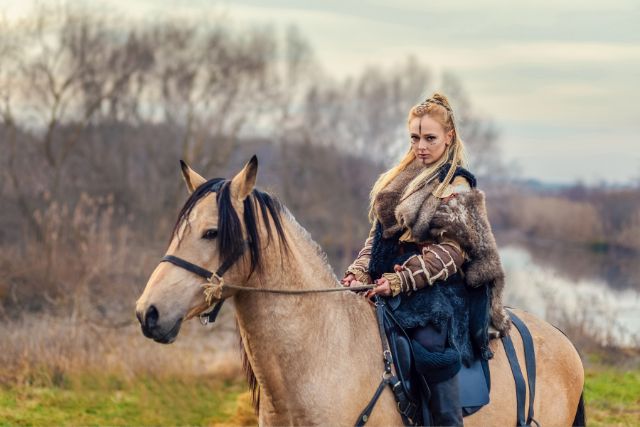

Historical Events and Battles
“Vikings” brings to life many battles and events. Let’s assess their accuracy.
The Raid on Lindisfarne: The Beginning of the Viking Age
This 793 AD raid on an English monastery is accurately portrayed as the event that marked the onset of the Viking Age. The show captures the surprise and terror of this unprecedented attack.
The Great Heathen Army and Its Invasions
The series depicts the Great Heathen Army’s invasions of England in the 9th century. Led in part by Ivar, these events align with historical accounts, although some character involvement and timelines are adjusted for dramatic effect.
Battles and Conflicts: Fact vs. Fiction
The show’s battles range from historically grounded to speculative. While major conflicts and strategies align with historical records, details and outcomes are sometimes dramatized or fictionalized.
Treaties and Alliances: The Political Landscape
The series explores the complex web of treaties, alliances, and betrayals of the time. While not always historically precise, it reflects the volatile political climate of the Viking Age.
The Show’s Creative Liberties
Certain elements in “Vikings” are the result of creative liberties taken to enhance the narrative.


Artistic Interpretation vs. Historical Facts
The creators of “Vikings” have woven a tapestry of history and fiction. While it serves to create a compelling narrative, viewers should discern the dramatized aspects from the historical foundations.
Timeline Manipulation and Character Lifespan
The show compresses and stretches timelines for storytelling purposes. Events that occurred over decades are presented in a condensed form, and characters’ lifespans are extended or reduced as needed.
Fictional Characters and Events
Some characters and events are purely fictional or portrayals of multiple historical figures amalgamated into a single character, adding layers to the narrative but straying from historical accuracy.
Costumes, Sets, and Scenography
The visual aspects of “Vikings” play a significant role in immersing viewers in the Norse world.
Authenticity in Viking Apparel
The costumes in “Vikings” reflect a considerable effort to portray Viking apparel, though some liberties are taken for stylistic purposes. The absence of horned helmets, a common misconception, adds to the authenticity.
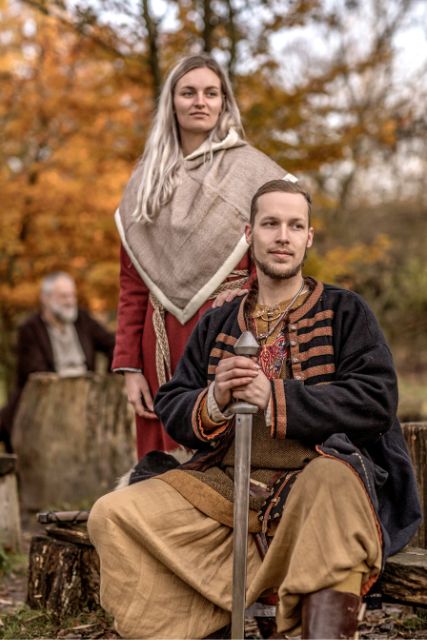

Set Design and Filming Locations
The series is filmed in Ireland, with sets and locations chosen to resemble the Norse landscapes. While not always geographically accurate, they provide a convincing backdrop to the story.
Props, Ships, and Artefacts
The props, especially the Viking ships, are crafted with attention to historical detail. However, some artistic liberties are taken with artifacts to enhance the visual storytelling.
Language and Dialect
Language plays a crucial role in historical portrayal.
Old Norse and Linguistic Accuracy
The show sporadically incorporates Old Norse and Old English, providing a glimpse into the linguistic landscape of the time. While the accuracy varies, it adds an authentic touch to the dialogue.
Translation and Subtitles
The translation and subtitles aim to balance historical accuracy with modern comprehension, ensuring that viewers can follow the story while being exposed to the language nuances of the era.
Historical Consultation and Research
The creation of “Vikings” involved extensive research and consultation with historians.
The Role of Historians and Experts
Historians and Norse experts were consulted to ensure a degree of accuracy in the portrayal of Viking culture and history, providing credibility to the series.
Challenges in Depicting Viking History
Depicting a period over a millennium ago comes with inherent challenges. Limited primary sources and the need to fill in historical gaps mean that some degree of interpretation and creative license is inevitable.
Comparison with Other Viking Media
“Vikings” is not the only media depiction of Norse warriors. How does it compare?
Other TV Shows and Films on Vikings
Other productions like “The Last Kingdom” and “Vikings: Valhalla” also explore Viking history, each with its own take on the events and characters of the time.
Historical Accuracy in Different Media
While all these productions strive for a degree of historical accuracy, they each take creative liberties for narrative and dramatic purposes, reflecting different interpretations of the Viking Age.
Public and Critical Reception
The reception of “Vikings” reflects its impact on popular culture and its role in shaping perceptions of Viking history.
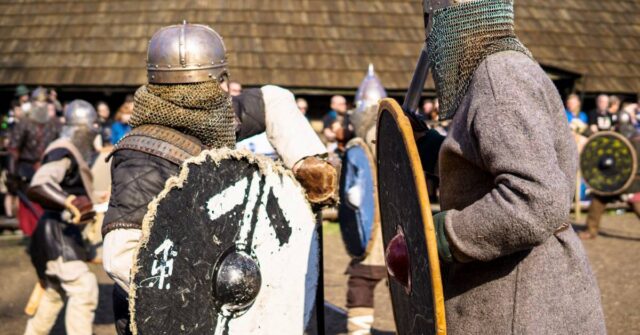

Viewer Responses and Ratings
The series has garnered a large following, praised for its compelling storytelling, strong characters, and visual appeal, though it has also faced criticism for its historical inaccuracies.
Critical Reviews and Historical Scrutiny
Critics and historians have lauded the show’s entertainment value while also highlighting areas where it deviates from historical consensus, underlining the balance between historical portrayal and artistic storytelling.
Conclusion
In summary, “Vikings” offers a captivating, if dramatized, glimpse into the Viking Age, rooted in historical elements but interwoven with fiction.
Summary of Key Points
The show excels in creating a vivid world, with strong characters and a mix of historical and fictional events. While it takes creative liberties, it also sparks interest in Viking history, encouraging further exploration.
The Impact of “Vikings” on Popular Culture
“Vikings” has played a significant role in popularizing Norse history and mythology, bringing the tales of Viking warriors and their adventures to a global audience.
It has reignited interest in this historical period and contributed to a surge in related books, documentaries, and tourism to historical sites.
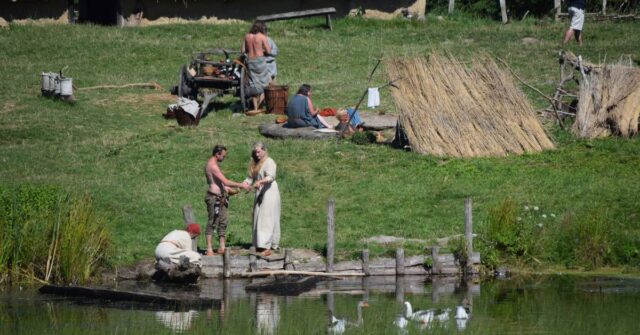

Encouraging Historical Exploration and Learning
While the series takes creative liberties, it also provides a springboard for viewers to delve deeper into Viking history, encouraging a broader understanding and appreciation of this pivotal era in European history.
Final Thoughts
In conclusion, “Vikings” blends history and fiction to create a compelling narrative that captivates its audience. It serves as a reminder of the complexities of historical portrayal in media, highlighting the balance between storytelling and historical accuracy.
Whether you’re a history enthusiast or just a fan of epic tales, “Vikings” offers a journey back in time, inviting viewers to explore the world of the Norse warriors and their legacy that still fascinates us today.

